When you age something, you want it to develop that aged taste. Something happens to organic compounds that eventually they change in character, somehow, and us humans can taste those differences.
How that change happens we seem to know very little. I wonder — is there a way for anybody to test what’s in the tea/wine/cigar? Compare it with something that hasn’t been changed? Or is that simply impossible to do? I do want to know, for example, what it is that causes puerh to taste different when it gets old, and preferably, to know exactly what changes took place that made it taste the way it does after 10 or 20 years in storage.
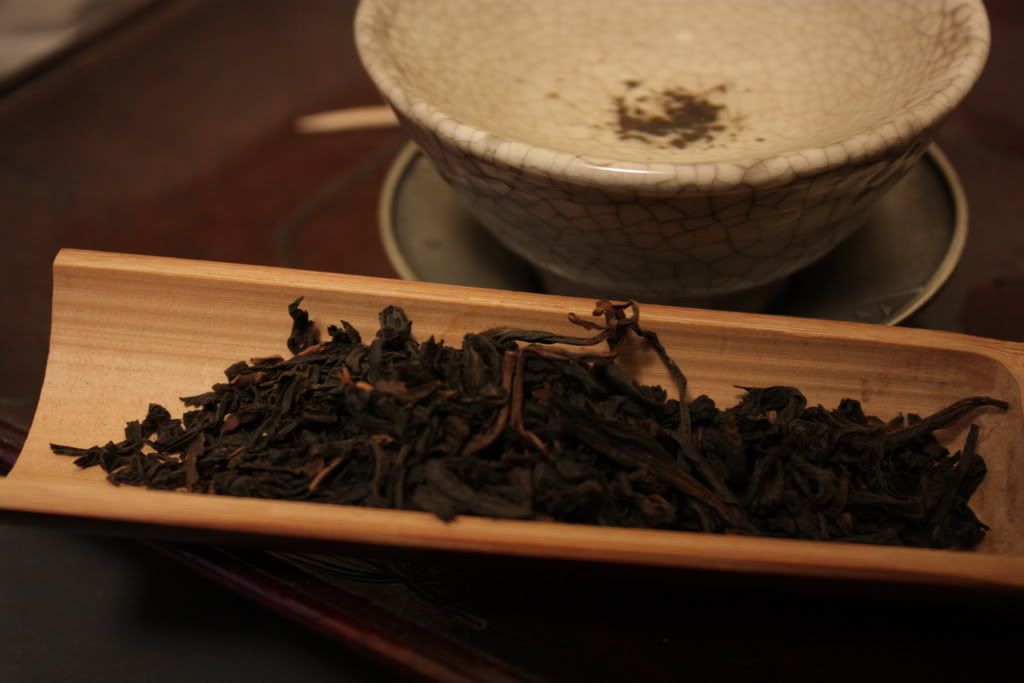
I had a sample a few days ago (the first real tea session I’ve had in…. 3 weeks?) of an aged shuixian. It is an interesting tea — a bit weak, like all shuixians are, but if you close your eyes and don’t know what it is, you’d think this is a dry stored puerh of about 5-10 years of age. It has that distinctive sourness and fruity character that mark a lot of dry stored puerhs that I’ve had. It also has little bitterness, much faded in the distant background. The most obviously “shuixian” bit was actually the smell of the dry leaves — I smelled the bag and knew this was an aged shuixian, but that’s because I sniffed a lot of these things when I was in Taiwan. In an unmarked bag with relatively broken leaves, it’s not an easy thing to tell.
Even the color is a bit deceptive, lighting or no lighting.
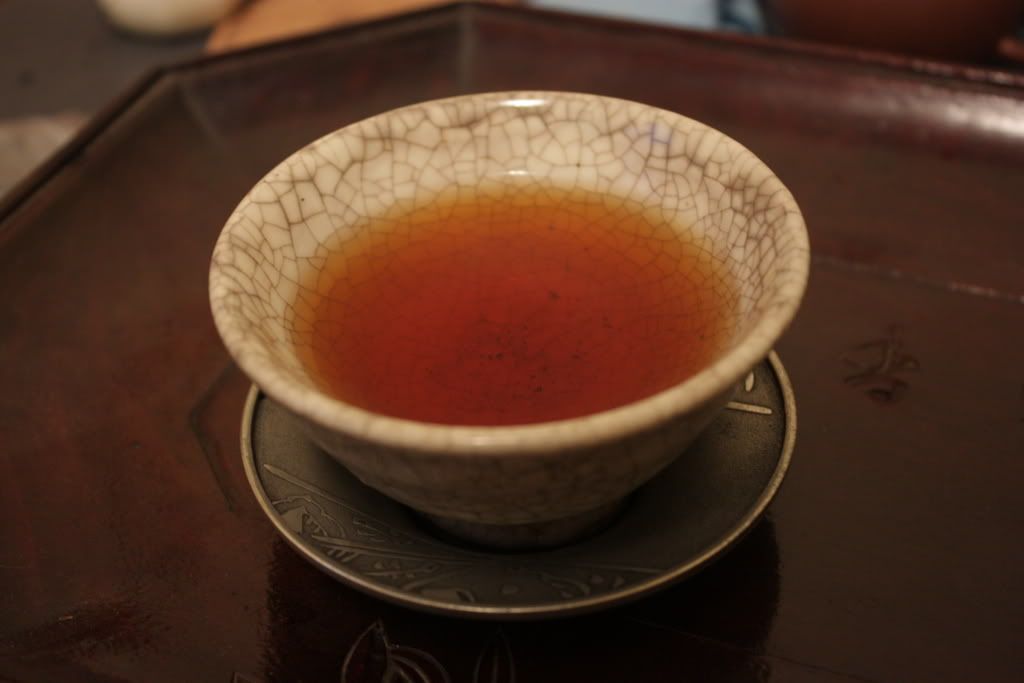
This is what got me thinking — what is it that causes this shuixian to taste more like a dry stored puerh than a typical aged shuixian? Lack of reroasting? I don’t think that’s it, because I’ve had others that don’t have that puerh-esque taste. What else goes into the aging of a tea that makes it so?
Maybe one day I’ll get funding for a lab and find out for good. Until then… back to my aged baozhongs.




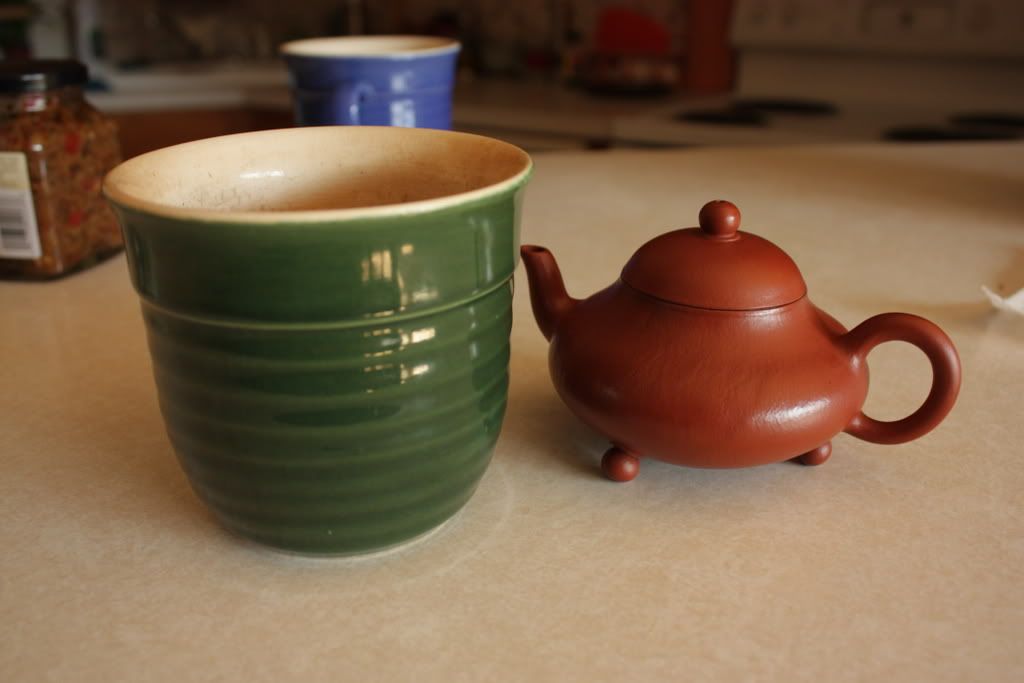
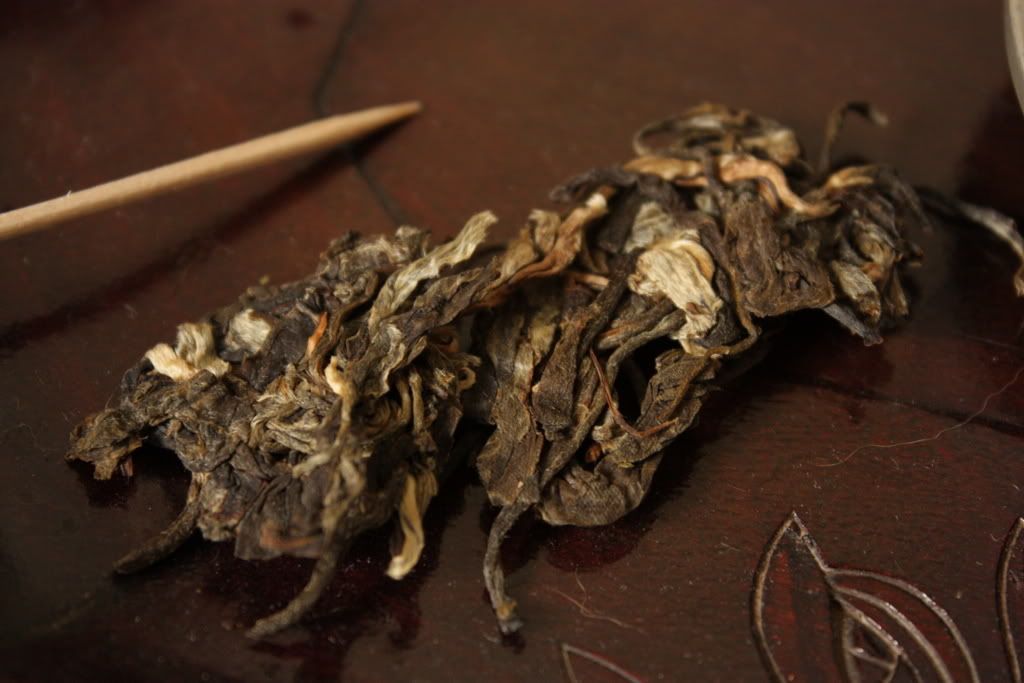
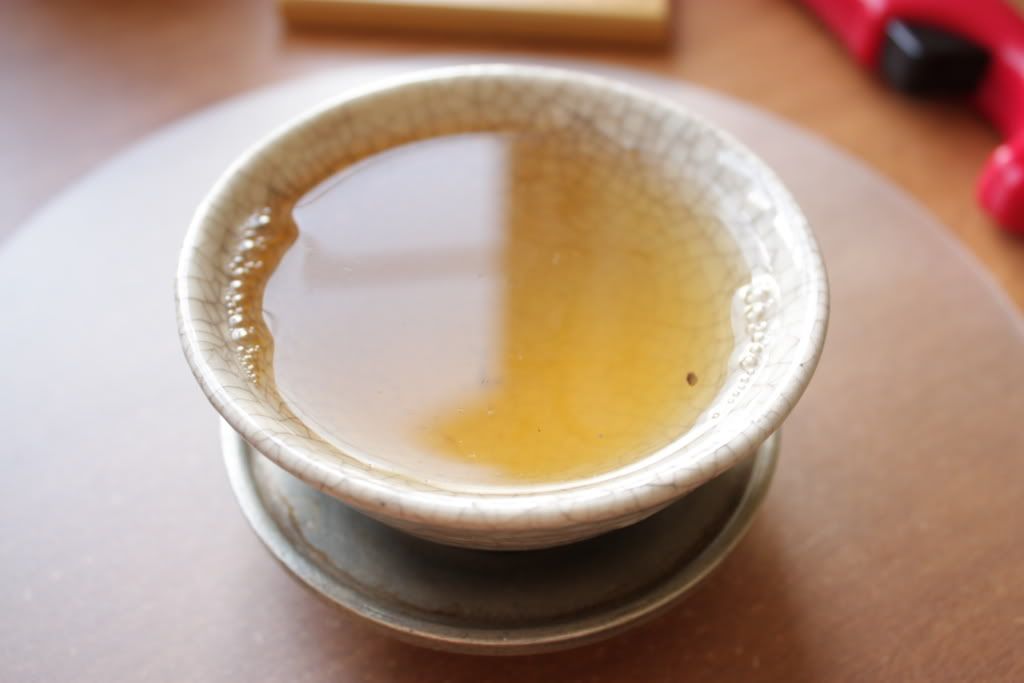
Yeah water is really something people don't talk enough about. You sort of settle into your routine and don't think…